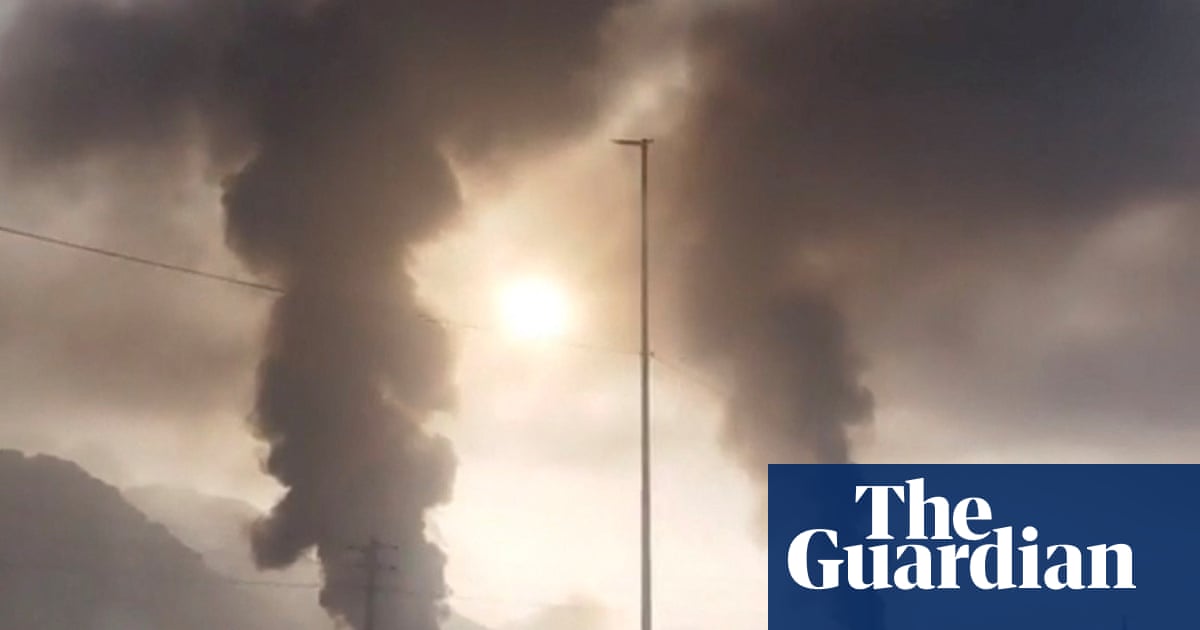Israel’s recent military operations against Iran showcase a formidable display of aerial capabilities and intelligence gathering, revealing a stark contrast in military strength that suggests an extended conflict may ensue as Tel Aviv aims to neutralize Tehran’s nuclear ambitions.
Beginning early Friday morning, around 3 AM, Israel’s air force launched a series of airstrikes targeting key military leadership and critical infrastructure in Tehran. The strikes initially focused on Iranian military leaders before shifting to air defense systems, missile launch sites, and notably, the Natanz facility, where uranium is enriched to weapons-grade levels.
The primary objective appeared to be dismantling Iran’s military command structure, including the notable killing of Major General Mohammad Bagheri, the chief of Iran’s general staff, and General Hossein Salami, commander of the Islamic Revolutionary Guard Corps, alongside several senior officials.
Burcu Ozcelik, a research fellow at the Royal United Services Institute, remarked that the scale of the assault “risks reshaping the strategic landscape of the Middle East” given its targeting of military leaders and nuclear sites. She noted, “The sheer depth and precision of the strikes – reaching into the heart of Tehran and eliminating key figures such as Salami – underscore the extent of Israeli intelligence penetration and the degraded state of Iran’s air defense systems. For Tehran, this is not only a tactical loss but a profound strategic humiliation.”
Currently, the extent of the damage at Natanz, regarded as one of Iran’s primary nuclear enrichment sites, remains uncertain. Although videos captured plumes of smoke from the facility, assessing the impact is challenging due to its deep underground location, shielded by reinforced concrete and rock. Iran’s semi-official Mehr news agency indicated that the site had been struck but reported no casualties, while the International Atomic Energy Agency is still evaluating the situation. Israeli military spokesperson Effie Defrin stated, “We inflicted significant damage on this site.”
In addition to the airstrikes, Israel’s Mossad claims to have conducted various commando operations, supported by drone strikes targeting Iranian air defense installations. Despite the aggressive offensive, current assessments indicate no effective Iranian air defense response, allowing Israel to maintain air superiority and continue strikes into Friday, including fresh attacks on Tabriz.
In response, Iran reportedly launched over 100 drones against Israel, all of which were intercepted by Israeli defenses before they could reach their target. However, the drones’ slow speed and long travel time highlight both the limited capacity and the growing challenge Iran faces in retaliating effectively.
Despite these setbacks, Iran possesses a stockpile of around 3,000 high-speed ballistic missiles, some of which were deployed in a previous attack against Israel in October 2024, causing modest damage to military installations such as Nevatim and Tel Nof airbases.
Initial assessments suggest that Kermanshah, which houses ballistic missile launch sites, was among the first targets of the Israeli operation. The difficulty in disabling underground facilities could mean that the true extent of the damage won’t be known until Iran decides to respond with a missile counterattack.
Other potential forms of retaliation could include cyber or terror attacks, although such actions may not convey the same sense of equivalence on a political scale. Striking U.S. targets would be particularly unwise, given the risk of drawing in American military support.
Iran is also constrained by the lack of support from traditional proxies. Following recent conflicts, Lebanon’s Hezbollah, whose leadership was weakened during a two-month war with Israel last autumn, issued a statement saying it “will not initiate its own attack on Israel” in solidarity with Iran. Yemen’s Houthi forces, too distant to provide substantial support, would struggle to launch meaningful retaliatory attacks.
For Israel, the challenge lies in Iran’s preparedness and the robust defenses surrounding its nuclear sites. Previously, Israel refrained from targeting the Fordow enrichment facility, located deep underground at a depth of 80-90 meters, beyond the reach of its conventional missiles. Successfully attacking Natanz, according to a Rusi analysis, would require multiple precision strikes to penetrate the facility adequately.
Ultimately, despite Israel’s air dominance, the fortified nature of Iran’s nuclear facilities, combined with the high stakes of the military engagement, suggests that the conflict could extend for several weeks. This escalation sets the stage for a tense and uncertain period, one that may persist unless Iran capitulates or a diplomatic resolution emerges.

